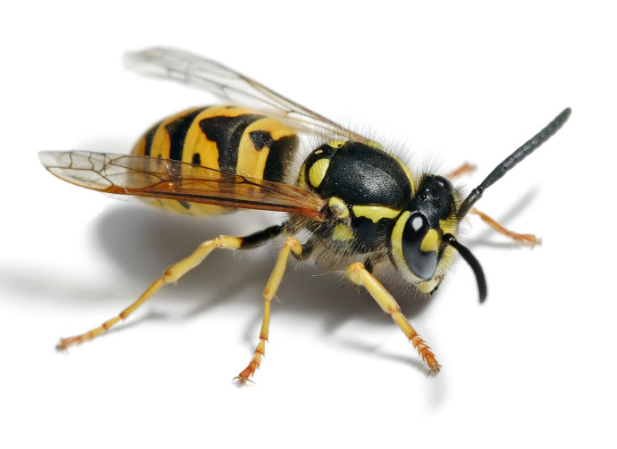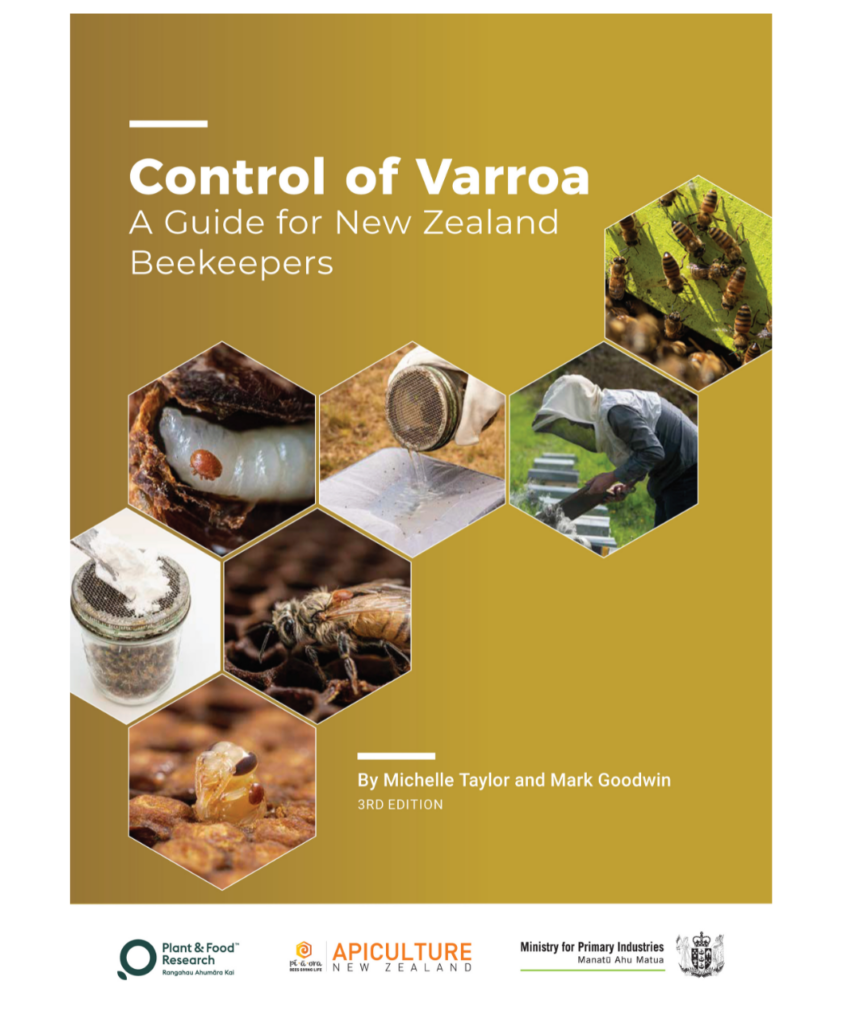Robert Guyton’s advice for May beecare –
Following are some suggestions from the NZ Gardener Magazine writer:
“The season’s cooling down fast and getting wetter. As it does so, bees like to be warm and dry, so check their hive and the surrounding area for dampness and shading. If it’s looking a bit gloomy and dank, think of how the bees might be feeling and give the area a spruce up. Trim away any surrounding vegetation that might be preventing sunlight and wind from keeping the hive dry and warm and improve the chances of your bees making it successfully through the winter.
If you’re new to the practice of keeping bees, seek advice on how to ensure that your bees make it through to spring. Feed them if you will, or leave their honey inside the hive for their own use. Your choice will depend on your intentions for your bees. Are they primarily for honey production? That is, producing for your consumption? Or are they in your garden to assist with pollination? In which case you can leave their honey for their use.
It’s delightful having bees in and around the garden, and keeping a hive will ensure you get to see them going about their daily business.”
(“Robert Guyton’s advice for May beecare” is an article taken from Kapi-Mana news 1 May 2018)
If you are needing feeders or supplements see our product page: https://www.hiveworld.co.nz/product-category/hive-management/bee-health/feeding/
Another Robert Guyton bee story is included here:
MAKE A BEELINE
The short version: my kitchen was sticky. I left the window open. some bees cleaned it up.
“Here’s the longer version. I’d been making apple jelly. Pillowcases filled with boiled apple pulp hung from the beams in our kitchen. Rose-tinted juice dripped into bowls on the kitchen table with a dribble and a splash. A few frames of honey brought in from the busiest hive, sat on the bench so we could scoop it off for toast. And newly filled jars of plum jam were stacked along the pantry shelf so I could show them off to visitors.
An open window was an invitation to every busy bee to call in and sample our jammy delights
And visitors are what we got. Bees don’t pass at all well through glass, but an open window was an invitation to every busy bee to call in and sample our jammy delights.
The first bee liked what he found so much he danced a revealing jig to his mates. And there they all were when I got back home from a day stacking straw bales, robbing my nest.
The kitchen was abuzz. My daughter was appalled. Bees crawled and flew everywhere. They poured in the open window, then seemed incapable of finding their way back out again, battering instead against the inside of the glass. Their numbers swelled. The only solution? To remove honey, jelly and jam, all now smothered in bees, to the laundry where I locked them in (and their friends out).
It took until dusk before the to-ing and fro-ing stopped and the kitchen was largely bee free. Carefully scooping and flicking individual bees reduced the population inside significantly. Though some bees still remained behind to amble across the floor overnight, into shoes and behind curtains, in order to get a head start in the morning. But there was to be nothing for them, nor us, to put on our toast (save peanut butter). For the next week, until the bees have forgotten all about our kitchen and its sticky delights, the windows will be shut tight and the doors firmly closed.”





